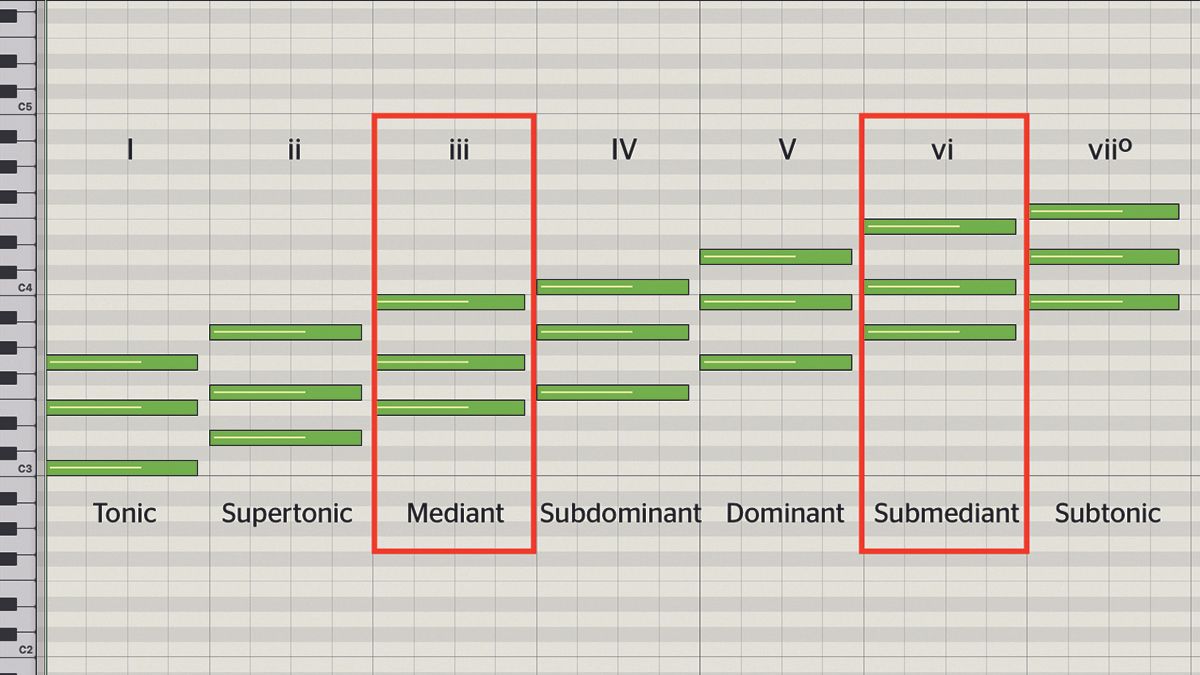I’m late to the party with my two cents but before attempting to answer your questions let’s do a quick informal analysis.
Verse goes ||: G | Em Eb | G D7 | G :|
1. To simplify the chord progression let’s ignore the Eb and G in the middle and deal with them separately.
We then have G - Em - D7 - G which is a I - vi - V7 - I in the key of G. Nothing special there.
2. Let’s deal with the Eb now (continuing to ignore the G for a moment)
The progression then becomes G - Em - Eb - D7 - G which is I - vi - bVI - V7 - I. A compositional device known as a chromatic descent is being used there, notice the chord roots E to Eb to D. That makes the Eb a passing chord in a chromatic descent. Eb major most likely is borrowed from the parallel minor key of Gm.
3. Let’s deal with the G in the middle by discussing tension and release. Anytime you move away from the root some tensions (of various strengths), are created. The I to vi creates tension which is amplified by V7 and released in the last I chord of the phrase. Adding into the mix the chromaticism of the bVI (Eb), between the vi and V, the tension is strongly amplified, especially since there are 3 chromatic minor second intervals generated between the bVI chord and the V chord. Three chromatic minor seconds and our ears are expecting, no, demanding a resolution to the V chord. But, interestingly, another compositional device is employed here.
The delayed resolution. Our ears expect the D chord but instead we are tricked with the unexpected G, delaying the resolution for even more increased tension (depending on the notes in the melody at that moment). Actually, I believe the G here is functioning as a vi7 chord with no root rather than a I chord. bVI to I is an extremely weak cadence so I don’t think the G here is home base but rather an E-G-B-D chord without the E. It is a G chord but it is
functioning as a vi7.
To recap the verse: it is a I - vi - V7 - I progression with a chromatic descent and a delayed resolution in the middle. The Eb is a passing chord and the G is functioning as a vi.
Chorus goes | C | G | C | G | Eb | Bb | Eb | G |
1. To deal with the chorus we need to see that the key has
modulated from G to C. The last G of the verse is not only the I in G but also being used as a
pivot to the key of C. G is the V chord in the key of C.
2. Since we are now in C it is pretty easy to see that the chorus is nothing but a
I - V vamp. But what about the Eb and Bb you say? Nothing but a temporary shift of the tonal center but
continuing the I-V vamp. Let me show you.
3. In the key of C we have C-G-C-G which is I-V-I-V. Shift the tonal center to Eb and we have Eb-Bb-Eb which is I-V-I. Then shift back to the key of C and we have G which is the V.
To recap the chorus: I-V-I-V in C major — I-V-I in Eb major — V in C major, which is a I-V vamp,
each and every chord is either functioning as a I chord or a V chord.
As an aside, the shift of the tonal center to Eb is neither prepared in advance nor is there a pivot chord so I wouldn’t call it a modulation like we have from the key of G to the key of C so a “shift in the tonal center” is probably enough to explain it. I expect that it adds aural interest to the I-V vamp. Eb can come from the parallel minor of C or the parallel minor of the original key of G, take your pick (I choose C, but that is just my bias).
Now to try to answer your questions.
Music theory is fun! Right?
It WORKS, in fact it's really good, but WHY?
a “passing chord” in the verse sounds good in a chromatic descent. In the chorus the I and V nearly always sound pretty good, even in a vamp with a shift of the tonal center.
Is he going up a half-step to Ab and doing a V-II which isn't right because the II should be ii (Minor), or is he going to Eb and doing I-V, and if so I still say how does that work?
Not the former, but the latter, as my informal analysis above shows. It works because the tonal center has shifted.
And now for the question in the title:
Why do Eb and Bb chords work in G?
Well, they aren’t, really. The tonal center has shifted to Eb and Eb and Bb chords nearly always sound good in the key of Eb.
I hope that helps clarify it a little bit.
Eric

